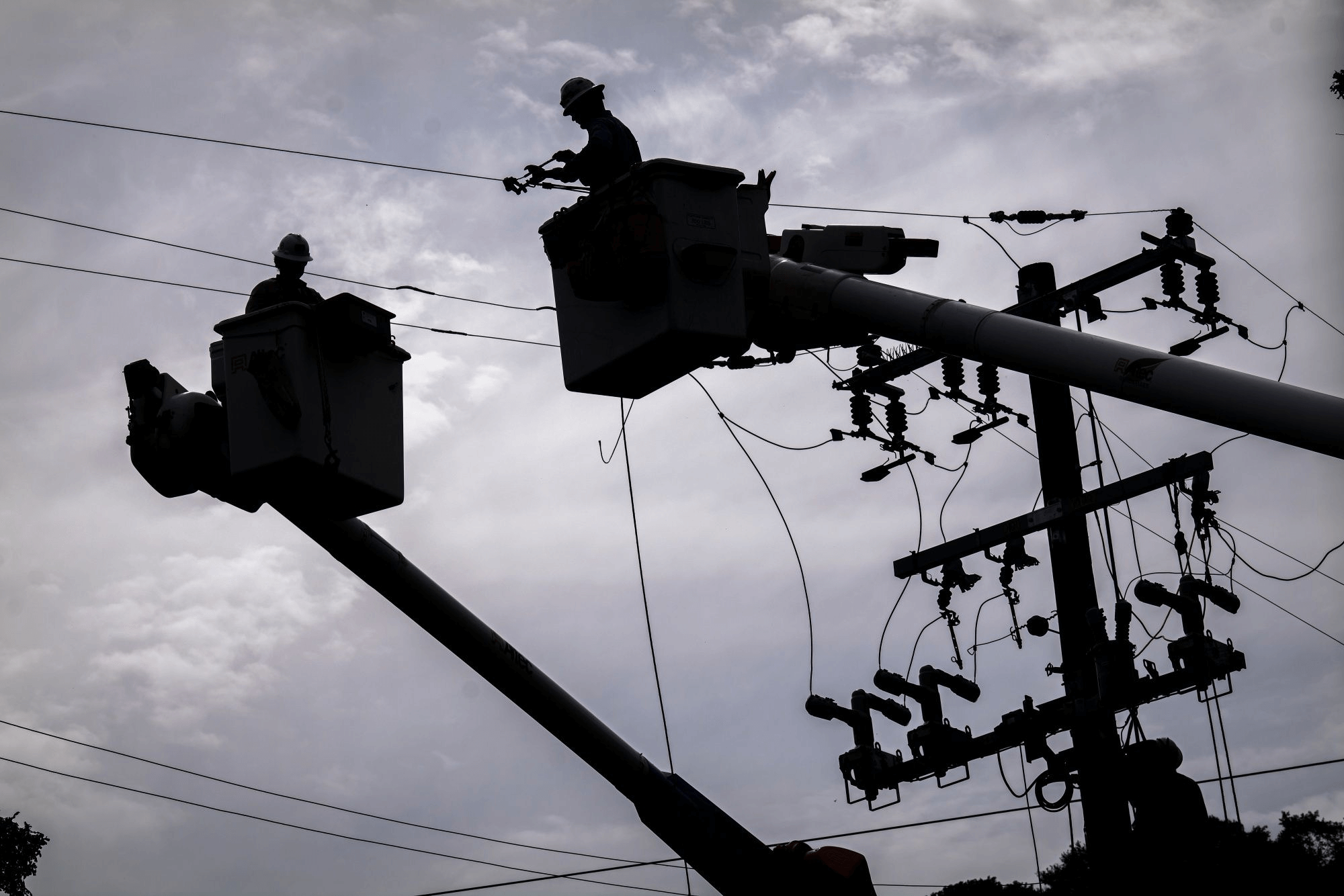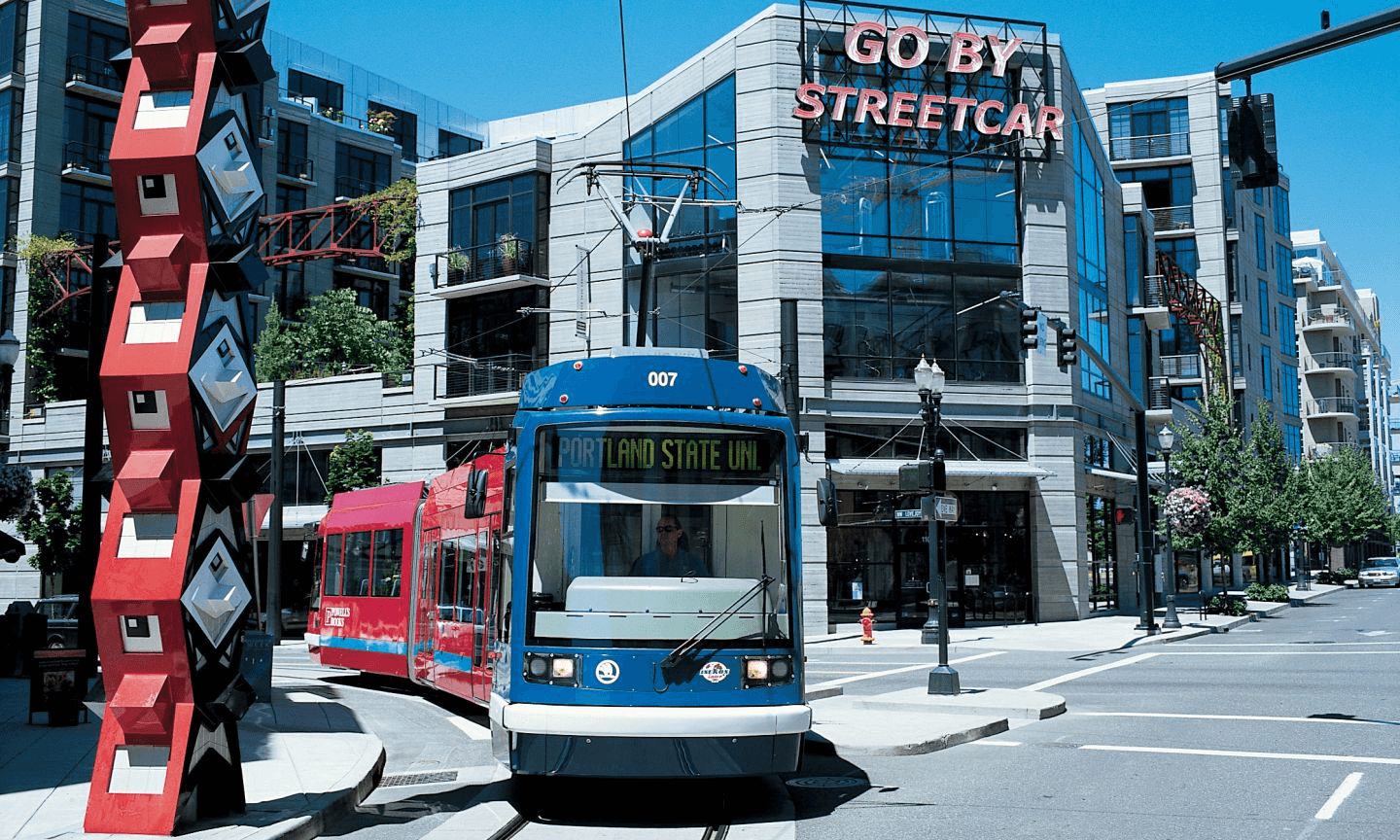It’s happening, the US is currently dealing with major economic inflation and that is having a cascading effect on almost all consumer industries: gasoline, food price, coffee price, car repairs, retail services, flights—you name it, the price has probably gone up. What industries affect retail cannabis prices? The reasons behind this are complex and political, which is not the focus of today’s post. Rather, we want to take a look at how the cannabis industry is integrated into the rest of the economy and how changes in those industries also impact costs.
 There are five relatively independent industries that have a big impact on the cannabis industry, and those have their own relationships with other industries (and with each other). Of course, this list isn’t exhaustive but rather is meant to help us get an idea of how the cannabis industry can be affected. Let’s take a look at the five we’ll focus on:
There are five relatively independent industries that have a big impact on the cannabis industry, and those have their own relationships with other industries (and with each other). Of course, this list isn’t exhaustive but rather is meant to help us get an idea of how the cannabis industry can be affected. Let’s take a look at the five we’ll focus on:
- fertilizers
- water
- electricity
- transportation
- labor costs

Fertilizers
Fertilizers are any material, either synthetic or organic, that is applied to soil to supply plants with enough nutrients to grow to their fullest potential. Fertilizers can be anything from compost, animal manure, minerals, fish waste, bonemeal, and bloodmeal, to chemical compounds synthesized in a laboratory or factory. It is a necessary part of growing, of course, and almost all industrial growers use some kind of fertilizer in their operation, so it most definitely permeates into the sale price.
The price of fertilizer raises and lowers based on a number of factors, such as oil price (we’ll see this often), availability, transportation costs, labor costs, and even things like profit margins. Likely, the price of fertilizer does not play an outsized part in the price of cannabis but it cannot be ignored as one of the principal contributors to “excess costs” that get wrapped into MSRP.

Water
This is straightforward: watering plants is necessary and, at times, is more than just tap water—most growers use RO or pH-neutral water to ensure their plants are getting the right balance of nutrients. Industrial-sized growers often have purifiers in their operation but small growers may have to purchase their own water. This adds up but water does not have many contributing costs—the price of transportation and electricity, or local fees for water.

Electricity
Electricity is likely one of the largest expenses for all growers—lights, ventilation, pumps, heating, cooling, humidity control, watering, etc. The price of electricity is really affected by demand, availability of generation sources, fuel costs, and power plant availability. So many things raise the cost of electricity—if you’re in a coal-burning state versus a natural gas or oil or hydroelectric state, you’re going to see the cost of electricity vary wildly.
And with a lot of industrial-sized grows being done indoors and inside warehouses, these costs can be even greater—think about growers in Alberta, Canada, growing through the winter—that’s a huge cost! Now, the cost of electricity should not be so high that it is prohibitive to being able to purchase cannabis, but during times of economic shifts, changing laws, and high oil prices, the cost of electricity can trace the cost of inflation relatively accurately.

Transportation
Transportation might be the most variable and most expensive cost on this list, that’s because it is directly correlated to the oil price. The higher the price of gas, the higher the price of transportation. And with transportation bottlenecks in major ports like the ports of Los Angeles and Shanghai (and pretty much all of Eastern China), the price of equipment, materials, and fertilizers rise—it’s a mixture of availability, demand, space, and gas price (the price of gas, of course, is affected by a lot of different factors, including more cynical things like maintaining profit margins). Transportation also factors into the price of cannabis through actual shipping costs, moving products from the factory to distribution centers or retail spaces.

Labor Costs
The final variable we want to throw into the price of cannabis is labor costs. Anyone working in the industry will recognize how quickly this industry is growing, changing, and maturing. Labor is one main recipient of this industry growth (along with investors, naturally)—labor is seeing rising wages, better benefits, and better support from employers because employers need to attract more labor into the industry—it’s growing too quickly to not capitalize!
So labor costs are rising, but that is mainly offset by how labor directly relates to increased income. Don’t forget: all profits are made on the backs of someone doing the actual work, and they should be supported fairly. We love labor!

In all, the price of cannabis varies based on economic conditions, both macroeconomic conditions like recessions and inflation, and micro situations like individuals making the best decisions for their businesses and income at any given moment.
If you have any questions, please don’t hesitate to reach out to us!
And be sure to check out our other blog posts for useful tips on becoming a great grower!
Subscribe to the Vivosun newsletter for growing tips, grower stories, and special offers, and get 12% off your first order!
We love the new Vivosun Smart Grow System and we are certain that you too will love it once you try it.
And join our Facebook farmer’s community for even more exclusive contests and prizes!
Download Vivosun App to get 15% off and explore more information!












